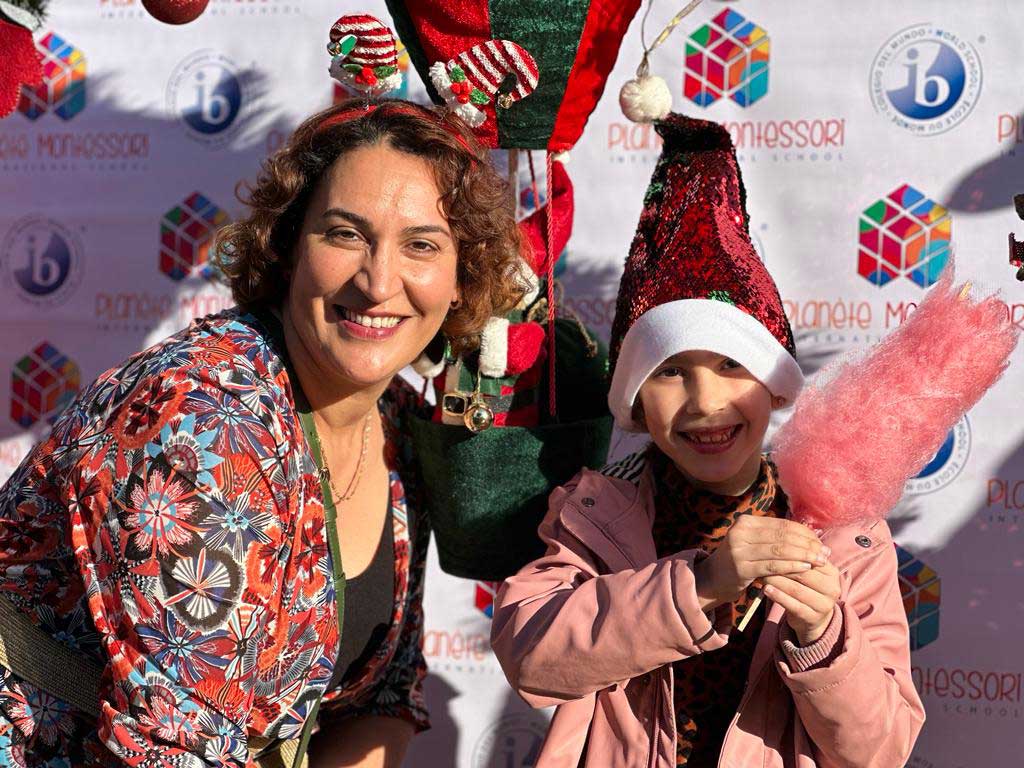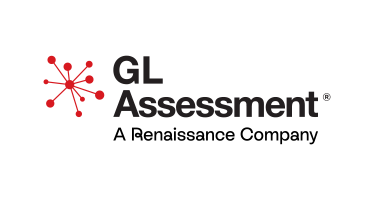Montessori in Morocco 7 adaptations: essential guide
Montessori in Morocco 7 adaptations explained. Languages, culture, practical life, costs, and parent expectations with examples from Marrakech and Casablanca.
1) Adaptation #1 — Multilingual immersion that respects development
Morocco’s daily life blends Arabic, Amazigh, French, and growing English. Montessori handles languages through real use, not drills.
How it works
-
Contexted exposure: songs, stories, grace-and-courtesy, and short presentations in target languages during the work cycle.
-
Shelf evidence: labeled baskets and readers in Arabic, French, and English; picture nomenclature and object boxes in two or three languages.
-
Progression: start with oral language and vocabulary baskets; add sandpaper letters, moveable alphabet, and decodables when ready.
Class example (Marrakech)
-
Morning greeting and practical life prompts in Arabic.
-
Story time in French linked to sensorial work.
-
Picture-card naming and simple instructions in English.
Why it’s faithful
Choice, repetition, and independence remain central. Montessori in Morocco 7 adaptations means language appears inside meaningful work, not only at circle time.
External dofollow: Association Montessori Internationale (AMI) — training and standards; UNESCO — child-centered learning principles.
2) Adaptation #2 — Cultural materials that keep Montessori control of error

Montessori in Morocco 7 adaptations explained. Languages, culture, practical life, costs, and parent expectations with examples from Marrakech and Casablanca.
Local culture enriches sensorial variety without breaking sequence.
What to localize
-
Practical life: mint-tea preparation, date-platter service for Ramadan iftar, sweeping with a traditional straw broom, shoe care.
-
Sensorial: texture baskets with woven fabrics, leather, pottery; scent jars with cumin, mint, orange blossom, saffron.
-
Culture: geography of Morocco’s regions, medina maps, craft timelines, Atlas ecosystems.
Fidelity checks
-
Proportions child-sized, trays complete, one clear purpose each.
-
Built-in control of error so children self-correct.
Outcome
Children see home life reflected in school, reinforcing identity while practicing order and care—core to Montessori in Morocco 7 adaptations.
3) Adaptation #3 — Rituals and values aligned with family life
Montessori respects spiritual and communal life without proselytizing.
Grace and courtesy with Moroccan flavor
-
Greeting elders, offering tea or water to a guest, saying thank you before and after shared work.
-
Quiet moments for reflection; literature and biographies that highlight respect, generosity, and service.
Ramadan-sensitive schedule (3–6 and 6–12)
-
Calm mornings, practical life focused on hospitality; stories about sharing and patience.
-
Optional reflection table with date, water, and cultural cards.
Why it works
Community values become daily micro-actions. Montessori in Morocco 7 adaptations treats culture as the child’s context, not decoration.
4) Adaptation #4 — Practical life mapped to Moroccan homes
Practical life is the bridge between independence and academics.
Home–school alignment
-
Kitchen: washing mint leaves, pouring tea (cooled), slicing soft fruit, wiping spills.
-
Market math: reading a short list, weighing produce, comparing unit prices, paying and checking change.
-
House care: carpet beating alternatives (small hand vacuum), watering balcony plants, polishing brass or wood safely.
Elementary (6–12) extensions
-
Project journals (Arabic/French/English) logging plant growth or budget plans.
-
Service jobs: setting up mats for younger peers, organizing a small reading corner.
Result
Executive function grows: plan → act → check → put away. This is the heartbeat of Montessori in Morocco 7 adaptations.
5) Adaptation #5 — Cost, access, and smart DIY
Imported sets can be expensive. Function beats branding.
Low-cost swaps that preserve fidelity
-
Sandpaper letters: fine sandpaper on card; clear print font; one sound per card.
-
Moveable alphabet: cardstock tiles in boxes; color-code vowels and consonants.
-
Object boxes: mini objects or photos from local markets with labels in target languages.
-
Sensorial: scent jars from clean spice bottles; texture tablets from fabric swatches.
-
Math: bead bars can be assembled locally; place-value cards laminated.
School policy ideas
-
Lending library for materials; repair days with families; clear replacement cycles.
-
Scholarship tiers and sibling discounts.
Why it’s valid
If proportions, sequence, and control of error hold, learning remains authentic—true to Montessori in Morocco 7 adaptations.
6) Adaptation #6 — Parent expectations and communication
Families often seek bilingual outcomes plus strong manners and discipline.
What to share early
-
The uninterrupted 2–3 hour work cycle and why it matters.
-
How progress is tracked: observation notes, portfolios, functional milestones (following directions in English, independent work start, care of environment).
-
Discipline model: firm limits, kind tone, teaching missing skills; no shaming.
Observation invitations
-
One visit per term, silent for 20–30 minutes.
-
Simple lens: Is language present during independent work? Are trays complete? Is movement calm?
Home routines (3–6, 6–12)
-
Snack prep and clean-up.
-
Daily read-aloud in Arabic or French; 10 minutes decodables in English when ready.
-
Practical life job list posted at child height.
Outcome
Parents see evidence, not slogans—key to trust in Montessori in Morocco 7 adaptations.
7) Adaptation #7 — Scheduling and staffing for trilingual reality
Quality language input depends on consistent planning, not posters.
Staffing
-
Aim for native or near-native guides for each target language or co-teaching pairs.
-
Ongoing coaching and language audits; low turnover.
-
Assistants trained to maintain routines and vocabulary consistency.
Timetabling
-
Clear distribution by guide, half-day, or classroom area.
-
English present during presentations and follow-ups, not just songs.
-
Reading shelves by level in Arabic, French, and English visible and in use.
Checks for fidelity
-
Mixed-age communities (3–6, 6–12).
-
Complete materials maintained; trays not cluttered with toys.
-
Few pull-outs; concentration protected.
Why it matters
Staff and schedule convert intention into daily practice—the operational core of Montessori in Morocco 7 adaptations.
Age-specific guidance for Moroccan families

Montessori in Morocco 7 adaptations
Ages 3–6: toddler to Children’s House
-
Language: daily picture naming in Arabic and French; add English object baskets.
-
Practical life: mint washing, pouring water, wiping; shoe and hand care.
-
Sensorial: texture and scent jars with local materials.
-
Calm: a simple quiet corner at home; no screens in mornings.
First-week routine (back-to-school)
-
Arrive on time; device-free mornings.
-
After school: snack → outdoor movement → one tray → read-aloud.
-
Bedtime same hour daily.
Ages 6–12: Elementary
-
Research: medina history, Amazigh crafts, Atlas ecosystems—notes and oral summaries.
-
Math in life: market budgets, recipe fractions, trip distances.
-
Service: help a younger peer; organize a small library shelf.
-
Language: rotate read-alouds across languages; maintain a personal word list.
Addressing common concerns
“Will English erase Arabic or French?”
No—balanced exposure in real tasks keeps all three alive. Watch shelves and work, not slogans.
“Is Montessori too free?”
Freedom sits inside clear limits: respect people, care for materials, finish what you start. Adults present briefly, then observe.
“Do we need official materials at home?”
No—use child-sized tools and complete trays. Respect size, sequence, and control of error.
“How do we know it’s working?”
Look for functional signs: longer concentration, spontaneous vocabulary in context, independent starts, kindness in grace-and-courtesy.
School visit checklist (printable)
-
Mixed ages (3–6 or 6–12) in each class
-
2–3 hour uninterrupted work cycle observed
-
Trilingual presence during independent work
-
Complete, well-kept materials; trays with clear purpose
-
Calm movement; guides observe more than correct
-
Parent observation windows and portfolio samples
-
Itemized fees; maintenance/replacement policy for materials
Internal links
External resources (dofollow)
-
Association Montessori Internationale (AMI) — training and standards
-
UNESCO — child-centered learning principles
Conclusion
Montessori in Morocco 7 adaptations keeps the method intact while honoring Morocco’s languages, traditions, and daily life. Put language inside real work, localize materials without losing sequence, align routines with family values, and invite parents to observe. With these adjustments, children gain autonomy, deep focus, and cultural pride—ready to learn and contribute at home and beyond.







